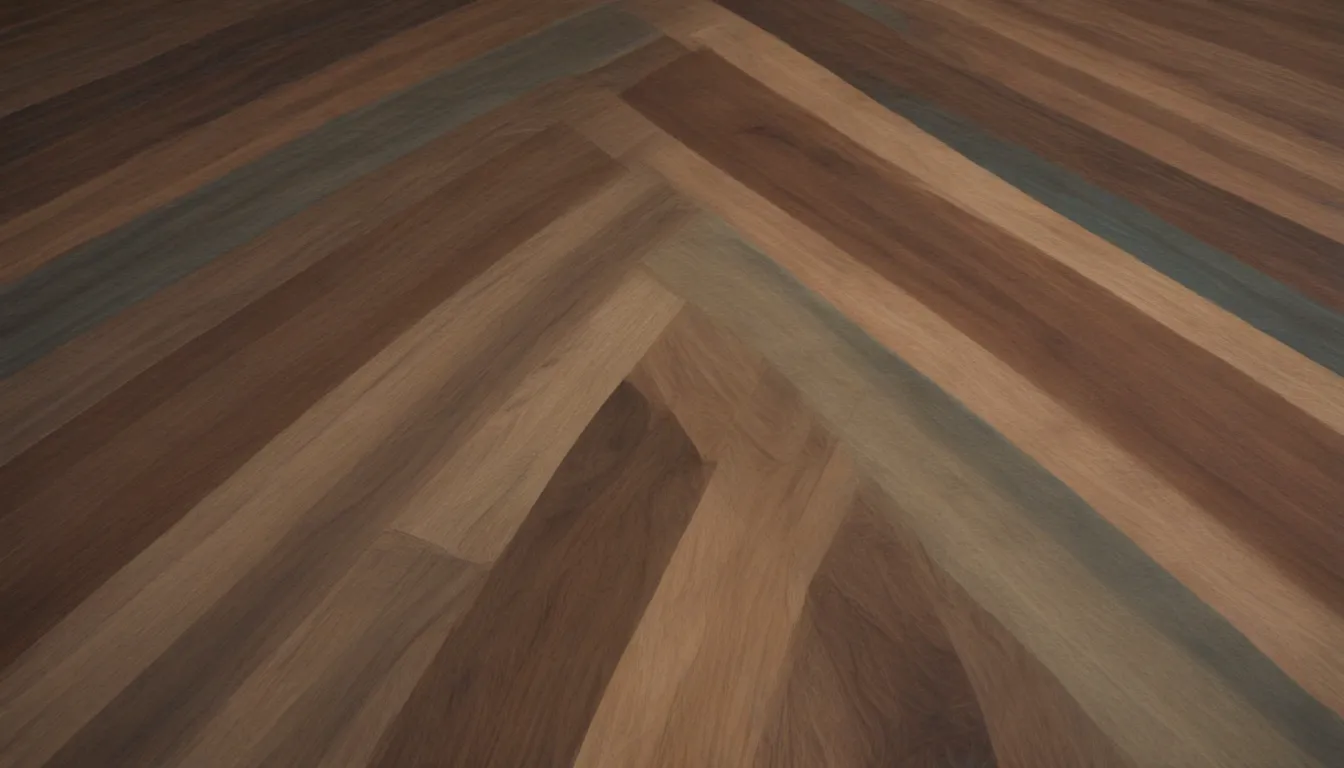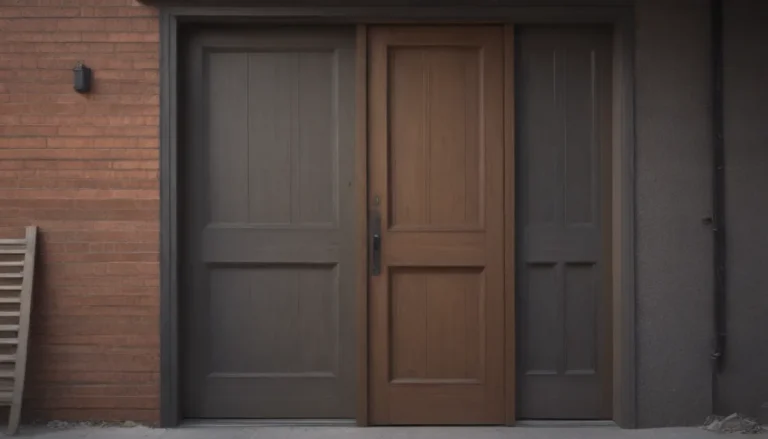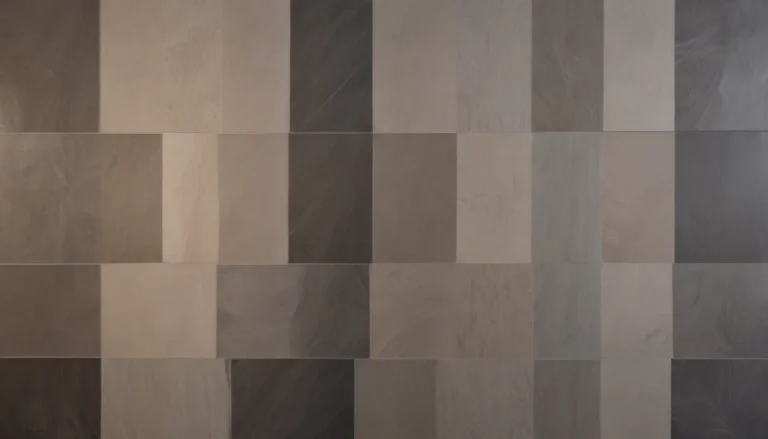Enhancing Your Laminate Flooring: The Ultimate Underlayment Guide

If you are considering laminate flooring for your home, it is crucial to understand the importance of selecting the right underlayment. Not only does the underlayment impact how your floor feels and wears over time, but it can also affect the warranty provided by the flooring manufacturer. In this comprehensive guide, we will explore the various factors to consider when choosing the best underlayment for laminate flooring to ensure your floors look great and perform well for years to come.
Understanding Laminate Flooring Underlayment
Laminate flooring underlayment is a thin, flexible sheet of material that is installed on top of the subfloor. It serves as a base for the laminate planks or tiles and provides several benefits, including leveling the flooring, cushioning the planks, reducing sound transmission, and improving the floor’s R-value (its resistance to heat transmission).
Factors to Consider
When selecting underlayment for laminate flooring, it is essential to consider the following factors:
-
Subfloor: The type of subfloor you have will impact the choice of underlayment. For concrete subfloors, a vapor barrier underlayment is necessary to prevent moisture penetration. On the other hand, plywood subfloors require a breathable foam-type underlayment to allow the wood to breathe.
-
Noise Reduction: Some underlayment materials can act as a barrier to noise transmission, making them ideal for areas where silence is crucial, such as bedrooms or offices.
-
Insulation: The R-value of the underlayment determines its heat conductivity. A higher R-value will provide better insulation, making your floor feel warmer underfoot in the winter.
-
Cost: Investing in higher-quality underlayment can extend the lifespan of your flooring. While budget underlayment may be more affordable, it may not offer the same durability or performance.
-
Thickness: Standard underlayment for laminate flooring is typically 3mm thick, with a maximum thickness of 5 to 6mm. Avoid using underlayment that is too thick, as it can lead to instability in the flooring installation.
Types of Laminate Underlayment
When it comes to underlayment for laminate flooring, there are three main types to consider:
-
Standard Foam Underlayment: A thin foam layer that provides slight cushioning without allowing noticeable movement underfoot.
-
Combination Foam Underlayment: Offers a mix of foam and other materials to improve sound absorption and insulation.
-
Cork Underlayment: Provides natural cushioning and sound reduction, but may require an additional moisture barrier in basements or bathrooms.
Tip: When using cork underlayment in moisture-prone areas, always lay it over a sheet of plastic to serve as a moisture barrier.
Laminate Flooring With Attached Underlayment
Many laminate flooring products now come with underlayment padding built into the material, eliminating the need for a separate foam padding underlayment. These materials can be installed directly over the subfloor, with some suitable for wet locations without an additional vapor barrier.
When selecting laminate flooring with attached underlayment, aim for a thickness between 3 and 6mm to ensure proper installation. Different brands may offer varying R-values based on material and thickness, so choose an underlayment with a high R-value for better insulation.
Cost Considerations
The cost of underlayment for laminate flooring can vary depending on the material and quality. Expect to spend around $20 to $40 per 100 or 200-square-foot roll, with higher-quality products typically costing more. Investing in a warrantied underlayment can provide peace of mind in case of flooring failure due to material issues.
In conclusion, choosing the best underlayment for laminate flooring is crucial for achieving a beautiful, long-lasting floor. By considering factors such as subfloor type, noise reduction, insulation, cost, and thickness, you can select the right underlayment to enhance the performance and durability of your laminate flooring. Remember to explore the different types of underlayment available and opt for laminate flooring with attached underlayment for added convenience. With the right underlayment, your laminate flooring will not only look great but also stand the test of time.
For more information on laminate flooring underlayment, check out resources provided by HomeAdvisor and the North American Laminate Flooring Association. Make an informed decision when selecting underlayment for your laminate flooring to ensure a successful and satisfying installation process.





